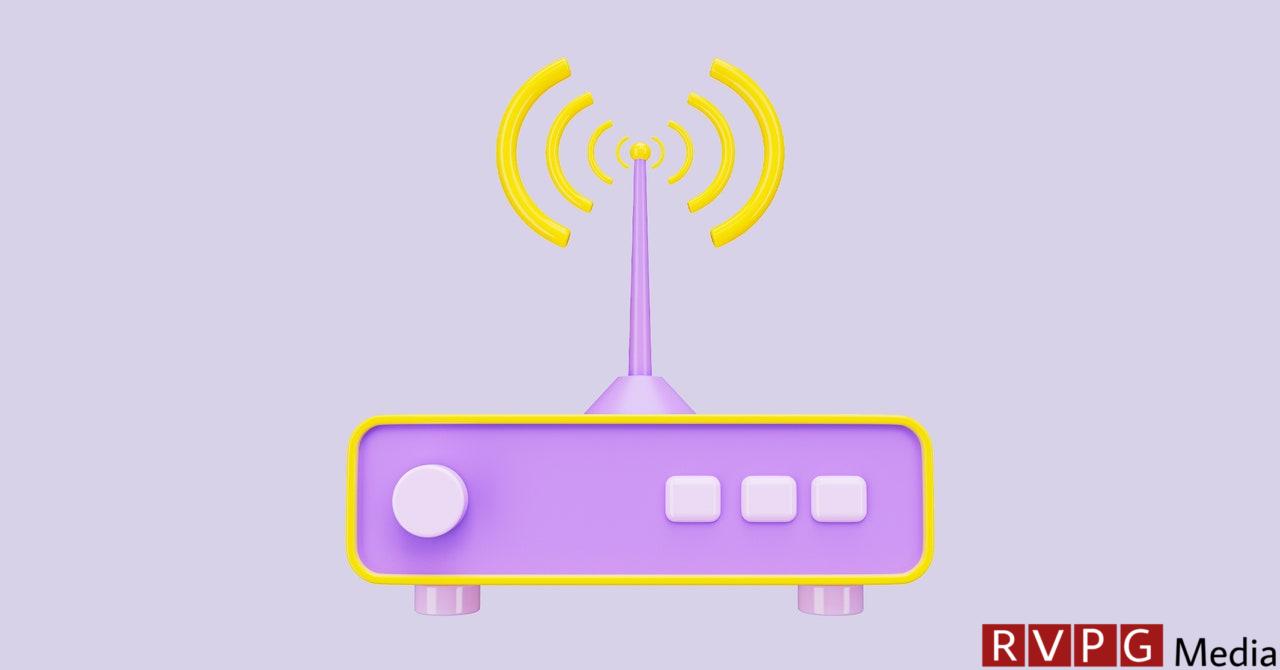Perhaps the easiest option here is ExpressVPN: not only is it one of the best VPN providers out there, but it also sells routers with built-in software. If you’re looking for a solution that’s easy to plug in and works, then this is probably the one to buy, and the standard home model costs $190.
Otherwise, look for a VPN that matches the router you currently have installed or a router that is compatible with the VPN service you are already signed up to. The router and VPN listing pages should tell you everything you need to know about compatibility. If this isn’t the case, notify the companies directly – you want to make sure your hardware and software are working together before trying to set anything up.
We’ve already mentioned ExpressVPN, but NordVPN is another service with very good support for router installations. You can find detailed support documentation on its website: Here you will find the main portal page you need. There you will also find a list of supported routers and router models that are specifically recommended by NordVPN.
When it comes to routers, many of the models designed to complement or replace the device provided by your ISP support VPNs, including routers from Asus, Netgear, Linksys and TP-Link – but read the fine print before purchasing. These manufacturers usually offer you help adding a VPN, like in this Netgear guide.
First steps
Here the process is very specific to your choice of router and VPN, but you can usually find official online guides from the companies involved. I have already linked a few of them above. Basically, you tell your router to connect to the VPN service of your choice. This routes all internet traffic from your home through your chosen service, so every internet-connected device on your WiFi network runs through this VPN.
Proton VPN is another VPN provider with a detailed router installation guide. As you can see from these instructions, most of the time you will be opening your router settings. This is usually done via a web browser. Instead of entering a web address, enter your router’s network address (such as 192.168.50.1). Then enter your username and password to go to your router’s admin menu. You should have set up this account information when you first configured the router.
